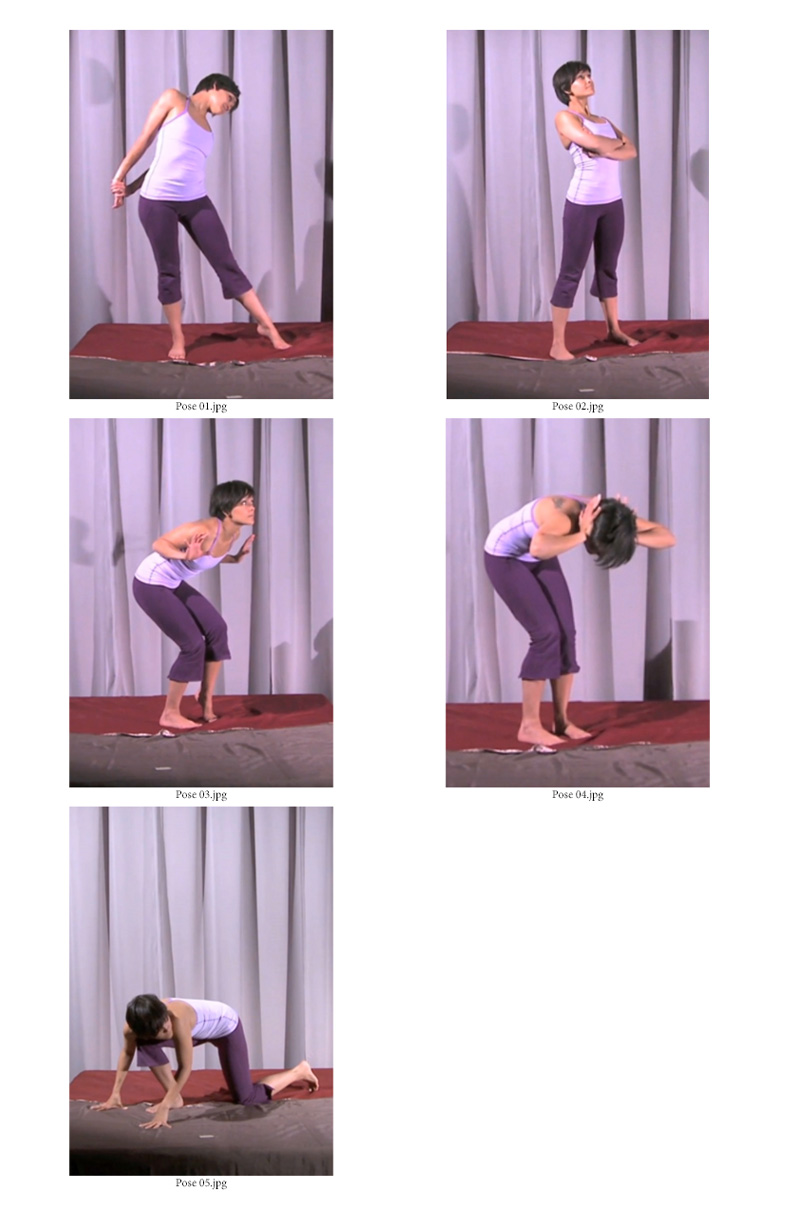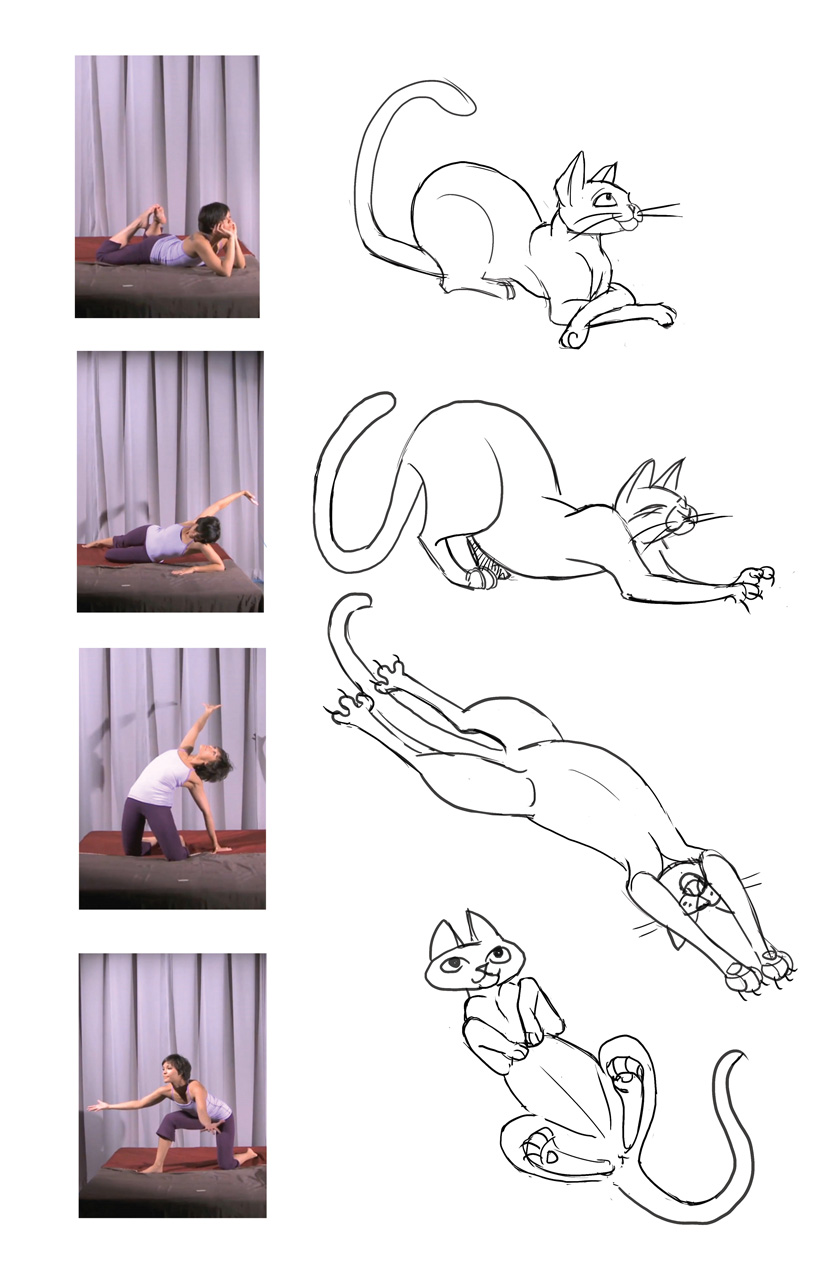Watercolour Painting of Peonies and Dragonflies
Some months back I purchased a set of Dr. Ph. Martin's India Ink because I heard they were nice to work with. This past weekend I felt the urge to try them out.
For my first painting I didn't want to try anything too complicated. I just wanted to get used to working with the medium. I picked a spring theme because I'm tired of the cold weather that feels like it will never leave! I chose peonies as my main subject because they remind me fondly of yearly trips my family and I used to make visiting my grandmother in New Brunswick. She had the most beautiful peony bushes growing in front of her house so when I see peonies they remind me of her and those carefree days. I also chose pretty dragonflies that remind me of spring. I painted my favourite colour combination of oranges, greens and blues. My second week's assignment for Nathan Fowkes's class on composition was to use unity with variety to create a meaningful relationships with the subject and I kept that in mind when creating this piece.
I used a couple of fine nibs, and a size 10, white Taklon brush on 140-lb cold-pressed paper (un-stretched). I found them all delightful to work with. I taped down my page and didn't use a lot water so the paper stayed fairly flat. I finished with three light applications of Krylon matte archival fixative spray.
The original will soon be available to purchase but I've put up prints and products featuring this art on my Society6 shop. For a limited time, there is a free shipping promotion going on. Promotion expires May 8, 2016 at Midnight Pacific Time.
Promo code: https://society6.com/rinarozsas?promo=8QPG4QQM2C8G
Update: The original is now available on my Etsy Shop.


























